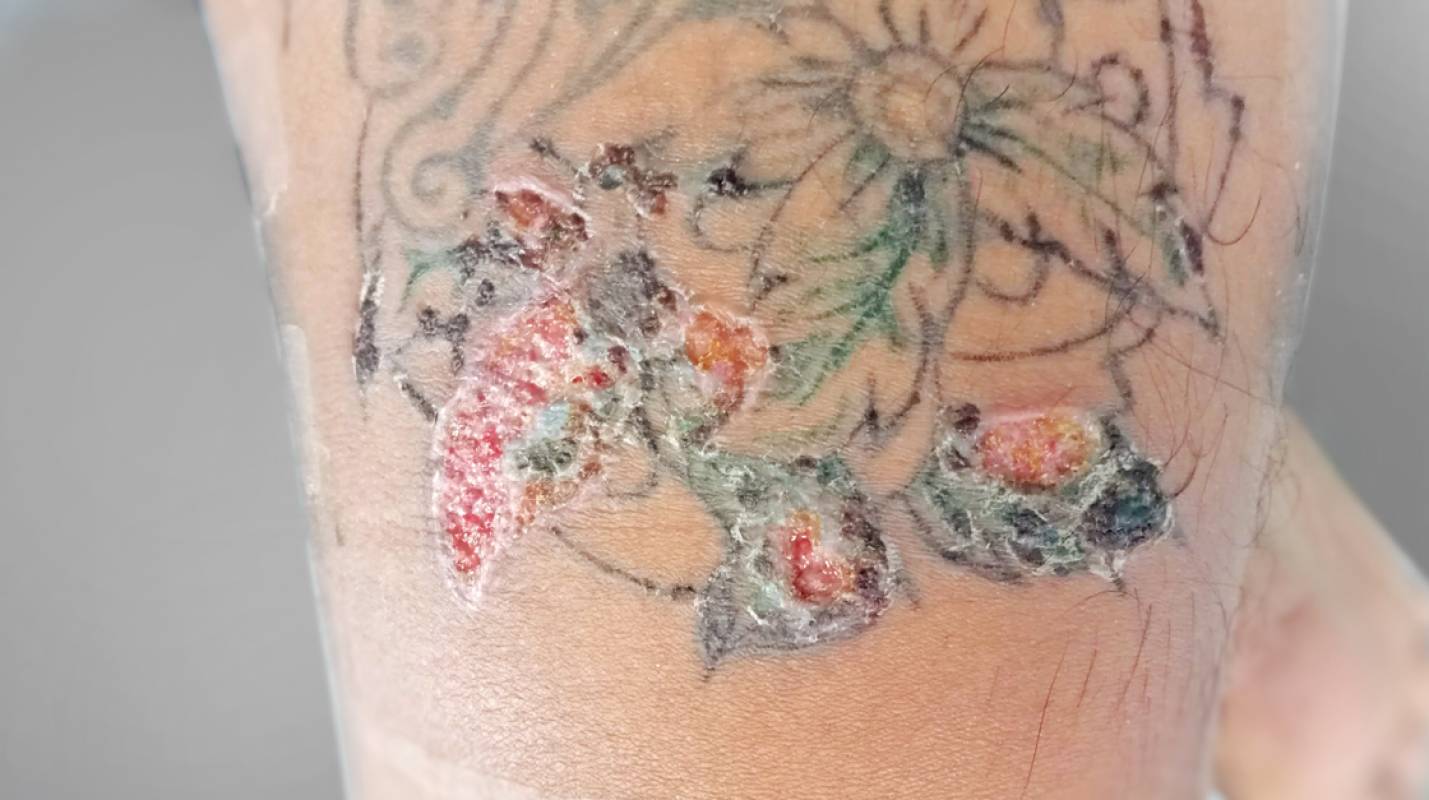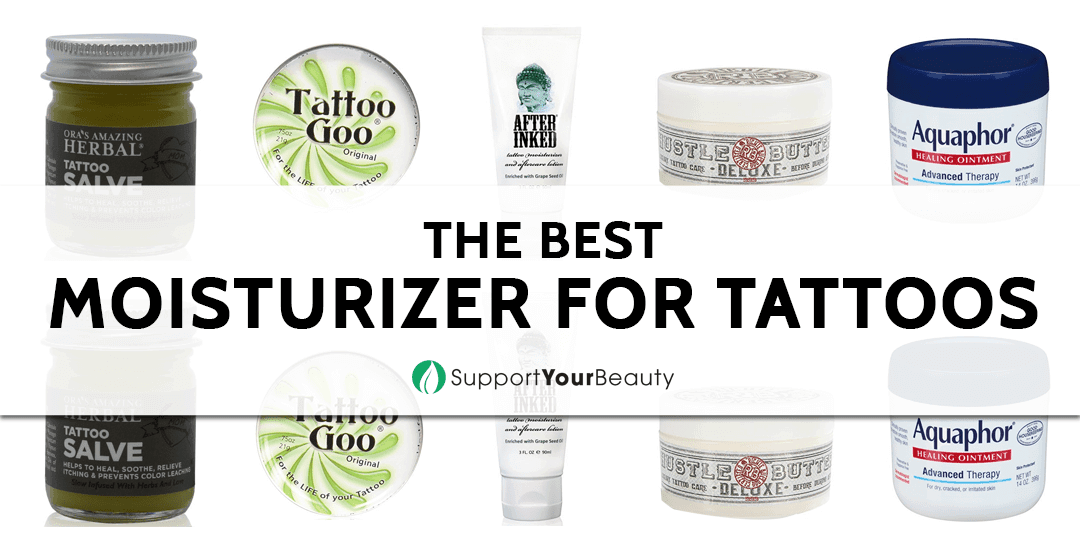
Okay, let’s talk hand tattoos.
Ever wonder if that cool design on your hand might cause problems down the road?
Like, real problems?
I get it.
You’re stoked about your ink, but also kinda worried.
Can hand tattoos really mess with your skin long-term?
Let’s dive into it, no BS.
The Real Deal About Hand Tattoos and Skin Damage
Hand tattoos are badass, right?
But they’re also kinda risky.
The skin on your hands is different than, say, your thigh.
It’s thinner, it’s constantly exposed to the elements, and you’re always using your hands.
All that adds up.
Can hand tattoos cause long-term skin damage?
Yep, they can.
But it’s not a guarantee.
It depends on a bunch of factors.
Why Hand Tattoos Are More Prone to Problems
Think about it.
Your hands take a beating every single day.
- Washing them constantly.
- Sun exposure (even when you think you’re not getting sun!).
- Using harsh chemicals.
- General wear and tear.
All this makes the skin on your hands more vulnerable.
Plus, some areas of the hand are just tougher to tattoo well.
The sides of your fingers?
Ouch.
The palms?
Forget about it.
The ink often fades or blurs faster in these spots.
Potential Long-Term Issues with Hand Tattoos
So, what exactly could go wrong?
- Fading and Blurring: This is the most common issue. Ink can migrate over time, making your design look muddy. I saw my friend get a tattoo on his finger, and after a few months it looked like a blob. Not the look he was going for.
- Scarring: Improper technique or poor aftercare can lead to keloid scarring (raised, thick scars).
- Infections: Always a risk with any tattoo, but hands are exposed to more germs. Keep that ink clean!
- Allergic Reactions: Certain tattoo inks can cause allergic reactions, leading to itching, swelling, and even skin damage.
- Ink Rejection: Your body might reject the ink, causing it to fade or disappear unevenly.
- Sun Damage: Tattoos can make your skin more susceptible to sun damage. A hand tattoo needs constant sunscreen.
Minimizing the Risks: How to Protect Your Hand Tattoo
Okay, so hand tattoos aren’t a walk in the park.
But you can take steps to minimize the risks.
Here’s the lowdown:
- Choose an Experienced Artist: This is HUGE. Find an artist who specializes in hand tattoos and has a solid portfolio.
- Proper Aftercare is Key: Follow your artist’s instructions to the letter. Clean, moisturize, and protect your tattoo.
- Sunscreen, Sunscreen, Sunscreen: Seriously. Use a high SPF sunscreen every day, even on cloudy days.
- Avoid Harsh Chemicals: Wear gloves when cleaning or working with chemicals.
- Moisturize Regularly: Keep your hands hydrated to prevent cracking and dryness.
- Consider the Placement: Discuss the best placement with your artist to minimize fading and blurring.
What About Tattoo Removal on Hands?
If things go south, tattoo removal is an option.
But it can be more challenging on the hands.
The skin is thin, and the ink can be stubborn.
Laser tattoo removal is the most common method.
But it can take multiple sessions and may not completely remove the ink.
Talk to a qualified dermatologist or tattoo removal specialist to discuss your options.
Real Talk: Is a Hand Tattoo Worth It?
That’s a question only you can answer.
Weigh the risks and benefits.
Are you prepared to commit to the extra care required?
Do you understand the potential for fading and blurring?
If you’re willing to do your homework and take precautions, a hand tattoo can be awesome.
Just go in with your eyes open.
FAQ: Hand Tattoo Edition
- Do hand tattoos hurt more? Generally, yes. The skin is thin and there are a lot of nerve endings.
- How long do hand tattoos last? They tend to fade faster than tattoos on other parts of the body. Expect to need touch-ups.
- Can I get a hand tattoo removed completely? It’s possible, but not guaranteed. Laser removal can be more challenging on the hands.
- Are there certain inks that are better for hand tattoos? Talk to your artist about their preferred inks and which ones they recommend for hands.
- How soon can I wash my hands after getting a tattoo? Follow your artist’s instructions. Usually, you’ll need to wait a few hours before gently washing with mild soap and water.
Ultimately, understanding the potential for long-term skin damage is crucial before getting a hand tattoo.


